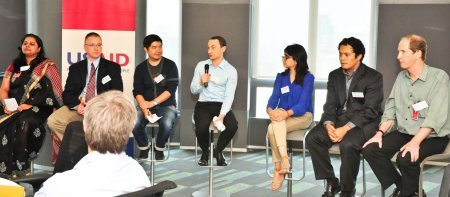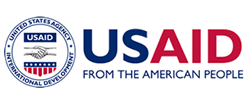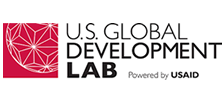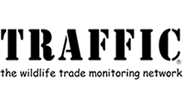Scaling Everest? Scaling a Fish? No! Scaling for Development
23 March 2015

Five years ago, eight percent of USAID's funding was devoted to science, technology, innovation and partnerships. Today that share is 40%, according to Todd Sorenson, the Agency's Director of Strategic Planning and Operations for Asia and the Middle East. So, why the sharp increase?
As the world’s population continues to boom, incremental and localized changes from traditional development assistance are not enough to meet the needs of the over 2 billion people living on less than $2 per day. Through programs like the Wildlife Crime Tech Challenge, the Agency seeks to spur breakthrough development innovations and accelerate their adoption to deliver sustainable development impact.
Borrowing from the venture capital model, USAID is spreading risk and maximizing reward by investing in a broad array of development innovations with an eye to accelerate and scale only the most promising solutions. In the past few years, USAID has sourced 500 innovations across various sectors and at various stages of advancement. If these innovations are successfully brought to scale, breakthroughs like drought resistant maize, chlorhexidine (an antiseptic to prevent infant umbilical infections), and real time data systems to aid in disaster response may impact hundreds of millions of lives in the near term.
However, anyone with a business background knows that advancing innovations to reach widespread adoption is easier said than done. Last week, USAID’s Regional Development Mission for Asia brought together approximately 90 bright minds in Bangkok to help explore this conundrum: How do you scale development solutions for impact? During the two day Scaling for Impact Summit, attendees explored the complex systems in which development innovation occurs and how partnering can create the conditions to better navigate these systems.
Traditionally, market scaling is thought of as either replication or expansion. While this axiom still holds true, it does not tell the whole story. Often, the solution in and of itself is not the hard part. For example, we all know that mosquito nets greatly reduce the risk of contracting mosquito borne diseases. But why is it so hard to get people to use them? Access is not enough; usage and adoption are necessary in order for a solution to deliver impact.
Thinking about a given context as a system, in which the actors, their interrelationships, and the incentives that guide them are considered, is essential when designing and scaling innovations. Science and technology are enablers that must fit within the surrounding system and be coupled with behavior change. Innovators need to ask themselves, can my disruptive innovation be adopted in a non-disruptive way? Thinking about the needs and characteristics of the individual user in the design process, known as human centered design, helps to bring a dose of realism to the innovation process. Cookie-cutter solutions are rarely effective in development. Adaptive design that takes into account the nuances of each context is necessary.
So is the focus on science and technology about finding the next whiz bang gizmo? No. Science, technology, innovation, and partners are tools to help us identify contextually appropriate solutions and navigate the complex path to scale together.
Kristin Kirkwood,
Prize Manager, Wildlife Crime Tech Challenge




